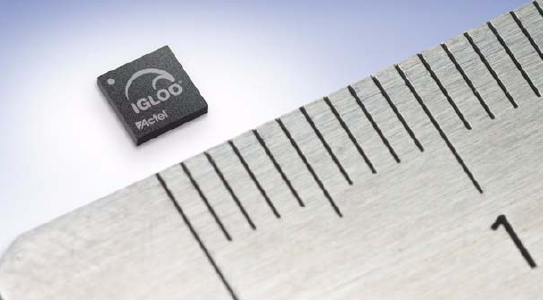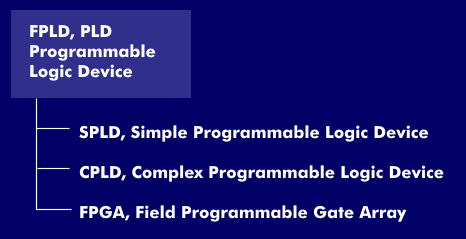field programmable gate array (FPGA)
Field Programmable Gate Arrays (FPGA) are pre-assembled integrated circuits(IC) with a multitude of logic circuits that are programmed by the user to form an application-specific circuit. FPGAs belong to the group of programmable logic devices( PLD) and, depending on the design and manufacturer, are programmable once or several times and can be dynamically reconfigured.
In the case of one-time configuration, the customer-specific circuit is created by the targeted firing of fusion bridges and cannot be changed afterwards. In contrast, flash memories or Erasable PROMs( EPROM) based on FPGA technology can be reconfigured several thousand times and retain their configuration even without power supply.
In FPGAs, too, the trend is toward small and ultra-small sizes with extremely low power consumption. In this context, Actel refers to nanoSize FPGAs when the package is only a few millimeters in size, and the term nanoPower FPGAs is used for circuits whose power consumption is only a few microwatts (µW).
FPGAs can contain memory and logic with up to several million gates. The individual components can be interconnected hierarchically and arbitrarily. SRAM-basedmemory devices are most commonly used for FPGAs.
FPGAs have lower entry costs than ASICs and can be realized at low cost even in small quantities. However, the production costs are higher than those of ASICs (Application Specific Integrated Circuit).


